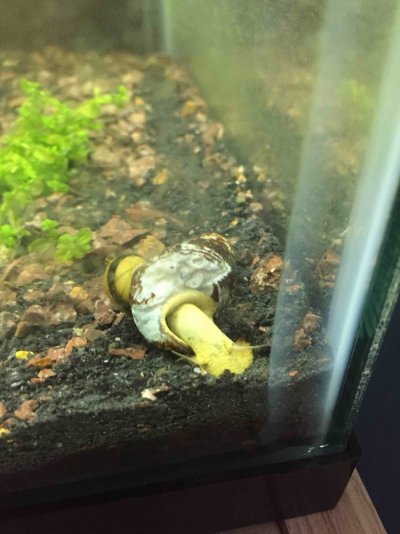AliSab
Aquarium Advice Activist
- Joined
- Apr 17, 2017
- Messages
- 104
So I picked up 3 thorny nerite snails (basically small nerites with a couple of spiked growing out of their shells) and they've been in my 10 gallon for about a week now. I haven't noticed any improvement in any of the soft algae growing on the glass.
Is there a difference in the effectiveness of these two snails? I've read that a single nerite can take care of a 10 gallon, never mind three. The only noticeable difference that I can see is size. Should I get a full sized nerite?
One of them seems to have latched itself to the shell of my rabbit snail and is riding him like a pony lol.
Is there a difference in the effectiveness of these two snails? I've read that a single nerite can take care of a 10 gallon, never mind three. The only noticeable difference that I can see is size. Should I get a full sized nerite?
One of them seems to have latched itself to the shell of my rabbit snail and is riding him like a pony lol.

